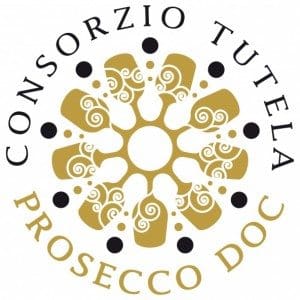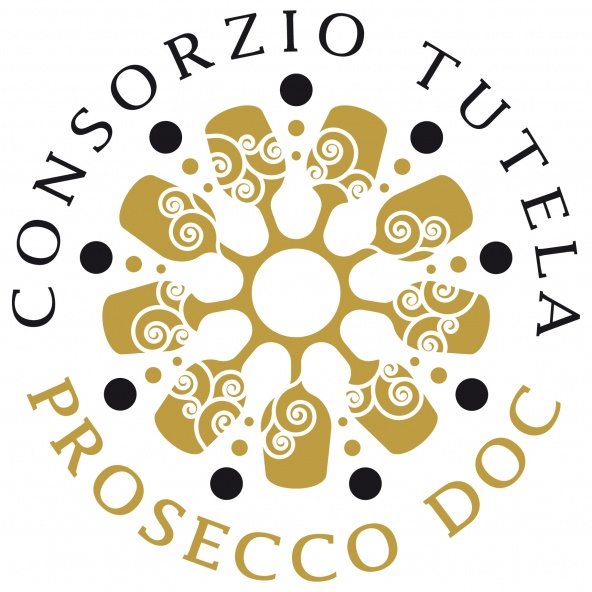Stefano Zanette, President of Prosecco DOC Consortium, recognizes the importance of the EU project in strengthening the role of Protection Consortia
 New York, NY, April 27th – The Prosecco DOC Consortium reports with satisfaction the EU’s position on new rules for EU geographical indications to protect quality agricultural products. On April 20th, MEPs on the Agriculture Committee adopted a report on the reform of EU rules for registering and protecting geographical indications (GIs) for wine, spirits and agricultural products, and quality schemes for agricultural products.
New York, NY, April 27th – The Prosecco DOC Consortium reports with satisfaction the EU’s position on new rules for EU geographical indications to protect quality agricultural products. On April 20th, MEPs on the Agriculture Committee adopted a report on the reform of EU rules for registering and protecting geographical indications (GIs) for wine, spirits and agricultural products, and quality schemes for agricultural products.
Important topics regarding the protection and valorization of GIs were discussed, including the enhancement of GIs’ online protection, simpler and faster registration procedures, the implementation of GIs sustainability’s valorization through reports available to consumers, highlighting the producers’ commitment to social and environmental sustainability, as well as additional responsibilities and financial contributions recognized to EU designated producer groups, representing specific GIs.
The report will now be subjected to vote by Parliament’s Plenary and, if adopted, talks with the EU government will begin.
Stefano Zanette, president of the Prosecco DOC Consortium, comments: “I am pleased to publicly share the words of praise coming from many parts for the report approved today by the Agriculture Committee of the European Parliament. I hope this will facilitate the path of final approval of the reform, an initiative that, until yesterday, saw too many objections.
I must admit that our country has been able to move substantially united in seizing the many advantages introduced by this reform. We expect the favorable orientation of our Government to come loud and clear through the Council and I personally would like to thank the Agriculture Committee of the European Parliament as well as the Hon. Paolo De Castro, to whom we recognize the great merit of having succeeded in bringing this result into fruition, not without great efforts. Finally, my heartfelt thank you to all those trade associations, representative bodies, consultants, university institutes and parliamentary assistants, who have collaborated with our Consortium in making proposals to promote the consensus necessary for today’s approval.”
The importance of the project must be recognized in strengthening the role of protection Consortia, like Prosecco DOC, for the increased protection of GIs with relation to “traditional mentions”, in the simplification of procedures and in the introduction of the issue of sustainability, not only considering the environmental aspect, but also that of the supply chains.
About Prosecco DOC
Prosecco DOC wines come in Spumante (sparkling), Frizzante (semi-sparkling) and Tranquillo (still) varieties. The wines are made from mainly the Glera grape, native to North East Italy for thousands of years, and can be combined with a maximum of 15% of the following grapes: Verdiso, Bianchetta Trevigiana, Perera, Glera lunga, Chardonnay, Pinot Bianco, Pinot Grigio and Pinot Nero. Prosecco Frizzante and Spumante varieties get their famous bubbles using the Secondary Fermentation production method, bottled under high pressure after fermentation in bulk tanks called autoclaves, as opposed to the traditional method, which bypasses the autoclaves and is used for other sparkling wine varieties. The end result is a brilliant straw yellow wine with fine, persistent perlage and aromas of white flowers, apple and pear. It is fresh and elegant on the palate with moderate alcoholic strength.
Since August 11, 2020, the competent bodies (Italian Ministry of Agriculture) have allowed the production of Prosecco DOC Rosé, made from at least 85% Glera and 10-15% Pinot Nero only in the Spumante (sparkling) version and with the drier styles (from Brut Nature to Extra Dry). Prosecco DOC Rosé undergoes a longer second fermentation in the autoclaves (60 days as opposed to 30 days for Prosecco DOC), has a pale pink color and a fine and persistent perlage, and features aromas of white flowers, notes of apple and citrus, and scents of strawberry and raspberry.
For more information regarding Prosecco DOC and Prosecco DOC Rosé, visit http://www.casaprosecco.com.

















